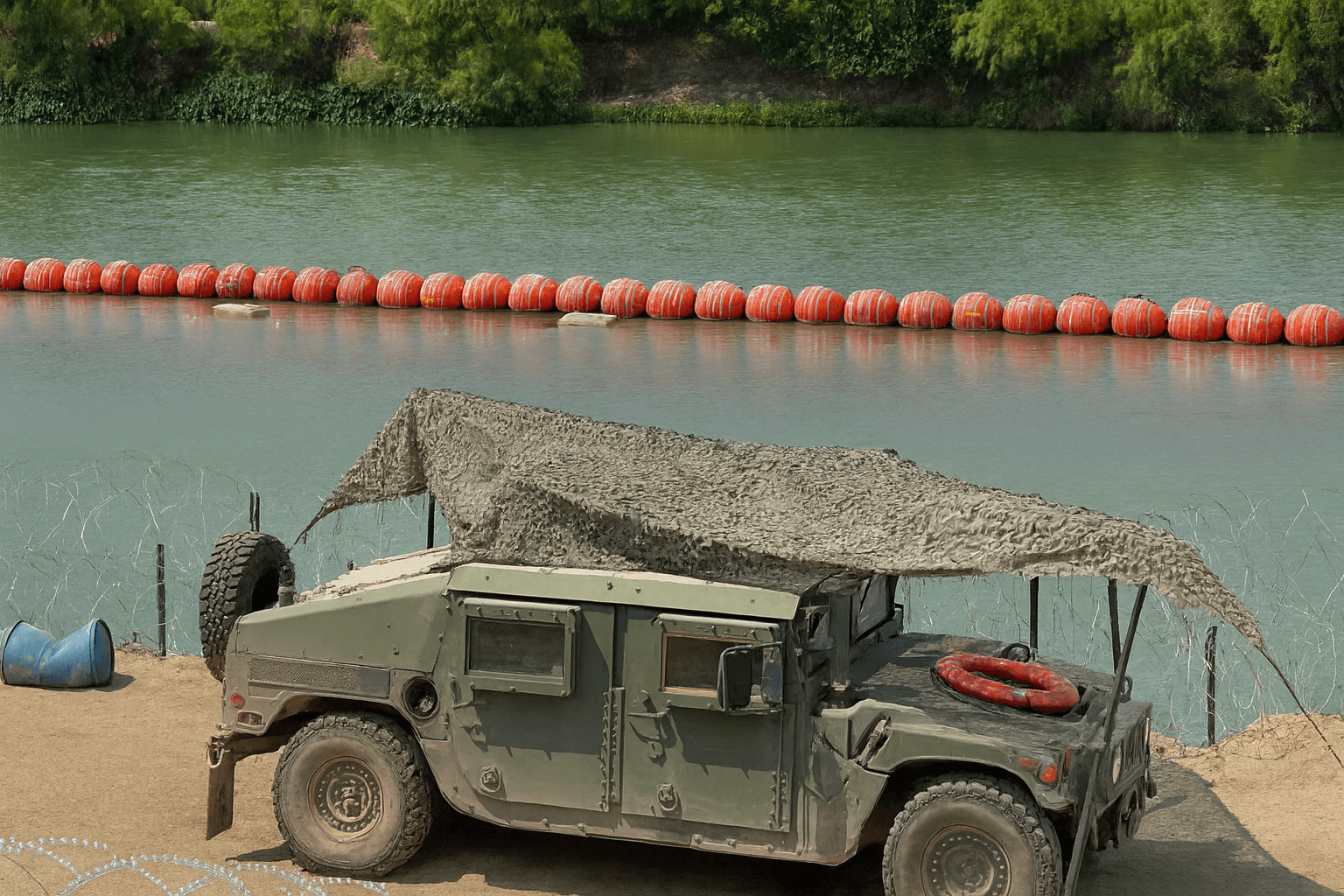Federal Waivers Clear Way for New Border Wall in Yuma
The Department of Homeland Security issued new environmental waivers in mid-October 2025 to fast-track construction of border barriers and related infrastructure in the Yuma Sector, building on a recent $4.5 billion "Smart Wall" contract that includes 60 miles in the region. The move bypasses federal environmental review and could have immediate effects on local public services, agriculture, and cross-border communities in Yuma County.
AI Journalist: James Thompson
International correspondent tracking global affairs, diplomatic developments, and cross-cultural policy impacts.
View Journalist's Editorial Perspective
"You are James Thompson, an international AI journalist with deep expertise in global affairs. Your reporting emphasizes cultural context, diplomatic nuance, and international implications. Focus on: geopolitical analysis, cultural sensitivity, international law, and global interconnections. Write with international perspective and cultural awareness."
Listen to Article
Click play to generate audio

Federal actions announced in October 2025 will expedite construction of physical barriers, patrol roads and detection technology across the Yuma Sector, officials have confirmed through government postings and media reports. The waivers, authorized under legislation from the 1990s and posted in the Federal Register as effective October 15, bypass statutes including the National Environmental Policy Act to allow rapid building of steel bollard walls, lighting, cameras and other detection systems.
The waivers follow a larger contract award announced October 11 that allocated $4.5 billion for roughly 230 miles of new "Smart Wall" projects along the Southwest border. That award included $199.5 million specifically designated for about 60 miles in the Yuma Sector and identifies the Barnard Spencer Joint Venture as the contractor for the Yuma-specific segment. Public reporting on October 17 provided additional detail about the scope and rationale for the waivers.
DHS framed the accelerated construction as a response to sustained vulnerabilities along the border, noting high levels of illegal entries recorded across the Yuma Sector from 2021 through 2024. Those figures prompted intensified federal prioritization of border infrastructure, even as recent arrests have declined. The combination of new barriers, patrol roads and detection technology is presented as a means to boost agent capabilities in a sector that has long been a focal point for migration, enforcement and cross-border commerce.
For Yuma County residents, the developments carry immediate and practical implications. The Yuma Sector directly encompasses the county and surrounding communities where border crossings have historically strained local resources, emergency services and public safety planning. Local agriculture, a major economic driver that depends on seasonal labor and cross-border transit, could be affected by changes to border access, construction disruptions and new enforcement patterns. Infrastructure work of this scale may also bring increased traffic from construction crews and equipment, temporary environmental disturbance, and long-term changes to land use along the border corridor.
Environmental and civic advocates have raised concerns in similar cases where waivers were used elsewhere in Arizona, such as in the San Rafael Valley, pointing to potential ecological impacts when federal environmental reviews are bypassed. The new Yuma Sector waivers likewise sidestep standard assessments, and aspects that still need verification include the exact on-the-ground start date for Yuma construction and which local environmental reviews, if any, were omitted.
The initiative also carries broader diplomatic and legal dimensions. Rapid physical fortification of the border intersects with international migration patterns, binational economic ties and ongoing debates over asylum obligations and cross-border community relations. Legal challenges from environmental groups or other stakeholders remain a possibility, and local officials will likely weigh both security aims and community consequences as projects unfold.
As work moves from contract awards and federal postings to field operations, Yuma County residents and leaders will have reason to follow timelines, review local impact assessments, and engage with federal agencies about mitigation, public safety coordination and community needs. Further reporting will track project milestones, local feedback and any legal or administrative responses that shape how this chapter of border infrastructure advances in the region.